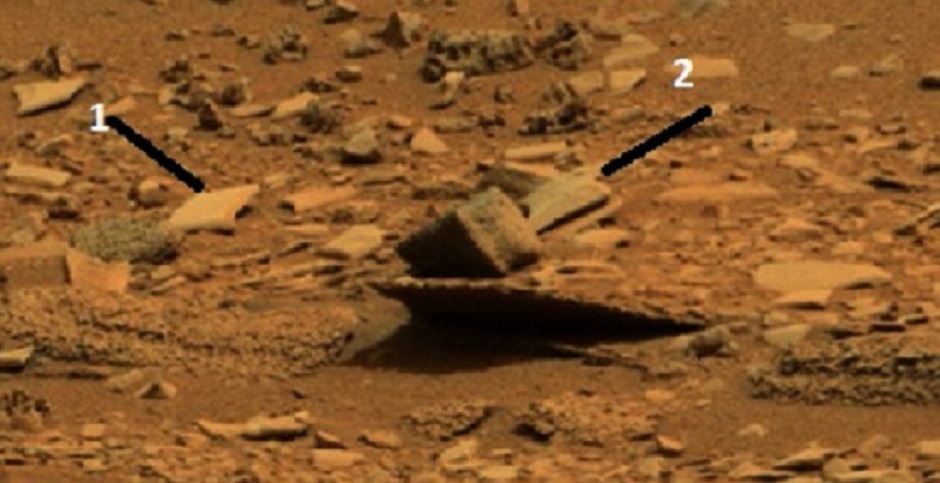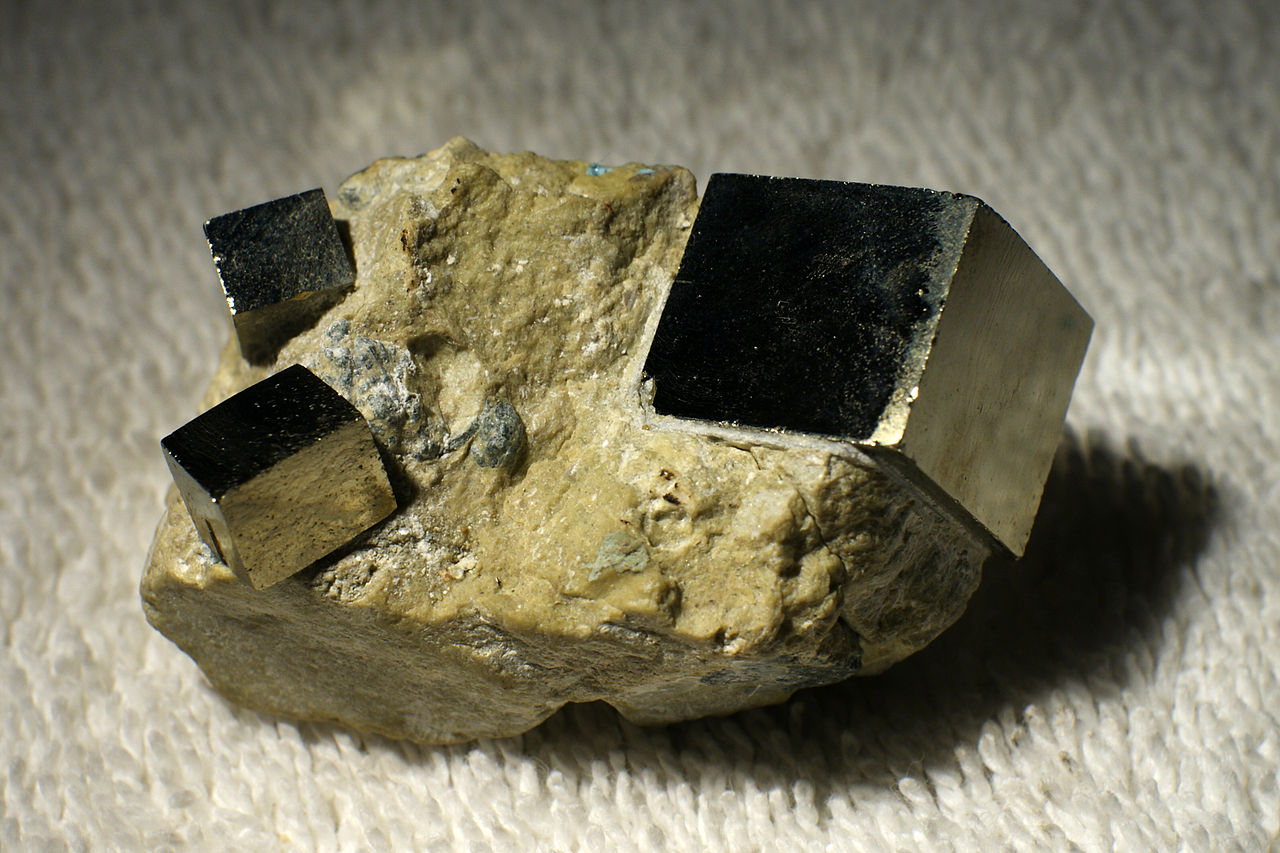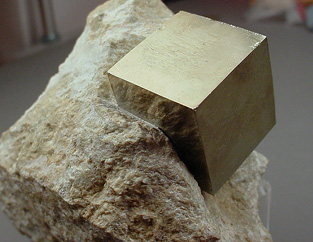It looks like you're using an Ad Blocker.
Please white-list or disable AboveTopSecret.com in your ad-blocking tool.
Thank you.
Some features of ATS will be disabled while you continue to use an ad-blocker.
share:
originally posted by: Ceeker63
Nothing in nature is 90 degree angle to a side. Or straight edges.
HUH? If you are serious, what about crystals? They are natural.
Added: check out the iron pyrite xtals 2 posts below yours!
edit on 28-6-2014 by wulff because: (no reason given)
This looks like a crash site.
originally posted by: gortex
a reply to: nighthawk1954
Nice picture , an anomaly hunter could spend hours in there .
I find these two interesting as well , particularly No 1 , nice shape
Space debris could actually find it's way to the planet. Perhaps parts of a satellite? Perhaps part of the probes landing crafts? Just what I
think.
originally posted by: JadeStar
originally posted by: amazing
Looks artificial to me. Could be natural of course. And of course NASA will only take that one picture and look at it no more. LOL but, Even if Geological, it's anomalous.
It's not anomalous to geologists.
No, but it is to Mars. We don't know what it is or why it's there alone or what it is. It's different than anything else around it or seen so far on Mars. I'd call that a geological anomaly. Shouldn't we study it further?
a reply to: nighthawk1954
The more we return to Mars, the more we shall uncover.
We will find a world under the millions and millions years worth of red dust?
I wonder if below the sands of Mars lays a whole new ancient world to be rediscovered.
When you think about the time frame, how far in the layers of sand would anything rest.
Lets say for a moment, Humanoids did live on Mars at one time. How long would it take Mar's weather to erase any footprints of advance society?
The more we return to Mars, the more we shall uncover.
We will find a world under the millions and millions years worth of red dust?
I wonder if below the sands of Mars lays a whole new ancient world to be rediscovered.
When you think about the time frame, how far in the layers of sand would anything rest.
Lets say for a moment, Humanoids did live on Mars at one time. How long would it take Mar's weather to erase any footprints of advance society?
originally posted by: AnahataN
This looks like a crash site.
It's from an outcrop of rock, some of it broken up, of course it can look like a crash site! 3.bp.blogspot.com...
It is clearly a rock, but I'm curious too what could have caused such nearly-cubic shape. It's not an anomaly, just a geological curiosity.
edit on 28-6-2014 by wildespace because: (no reason given)
originally posted by: JadeStar
It's not anomalous to geologists.
originally posted by: amazing
No, but it is to Mars. We don't know what it is or why it's there alone or what it is. It's different than anything else around it or seen so far on Mars. I'd call that a geological anomaly. Shouldn't we study it further?
I tend to laugh at these threads about rocks but I have to agree with you, I't would be interesting to see this from different angles.
But I'm not sure if it would have been worth detouring the rover over this, those things are probably pretty expensive to operate.
Object #1 looks like the edge tiles of a swimming pool, technical term is "curved skirting tile".
Object #2 looks like a cobble stone.
The flatter rock looks like roof slates.
I've only seen objects like those together on the sites of building repairs or where an old building was dismantled and moved.
Object #2 looks like a cobble stone.
The flatter rock looks like roof slates.
I've only seen objects like those together on the sites of building repairs or where an old building was dismantled and moved.
I think this can be explained by the geological process called Mineral Cleavage.
This involves the tendency of some minerals to break along natural flat planes of weakness forming smooth faces and geometric shapes.
Fracturing may also be involved.
The ChemCam on Curiosity has found that feldspar is the most common mineral in the rocks at Gale Crater.
Feldspar-rich rocks at Gale Crater

Notice that feldspar is listed in this chart, in the second row: 2 cleavages, 4 faces.
Link
That being said, here are some more from this location:
The shoe box:
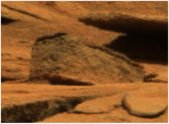
The drawer with grill:
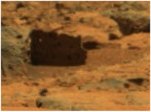
This involves the tendency of some minerals to break along natural flat planes of weakness forming smooth faces and geometric shapes.
Fracturing may also be involved.
The ChemCam on Curiosity has found that feldspar is the most common mineral in the rocks at Gale Crater.
Feldspar-rich rocks at Gale Crater

Notice that feldspar is listed in this chart, in the second row: 2 cleavages, 4 faces.
Link
That being said, here are some more from this location:
The shoe box:

The drawer with grill:

edit on 28-6-2014 by ionwind because: link corrected
Where is the original photo?
Normally a link is given to the nasa or similar image online, this could be someone's back yard...
Normally a link is given to the nasa or similar image online, this could be someone's back yard...
originally posted by: IndigoGoGo
Where is the original photo?
Normally a link is given to the nasa or similar image online, this could be someone's back yard...
I gave the link to the original photo earlier in this thread.
But yes, it would be great if people creating threads like this made a bit of research and found the original image themselves.
If you look at the video, you can see that the triangular flat slab piece underneath the "cube" has a shadow that is the same shape as the patch of
ground clear of small stones. So it looks like all the other small bits of stone came from large flat slabs.
It makes me wonder whether these stones were "moved" to make things look more interesting.
What if Mars had been hit by a large meteorite millions of years ago that create a mud tsunami which completely buried everything on the surface.
It makes me wonder whether these stones were "moved" to make things look more interesting.
What if Mars had been hit by a large meteorite millions of years ago that create a mud tsunami which completely buried everything on the surface.
This is all just the same as what they did with UFO's.
they are showing silly things and making fun of them.
this is to discredit real future finds.
and You are helping them by falling for it!!!
when Real object come along.
you all make fun of them and dont believe.
you have been conditioned.
the problem is They make fake pics.
get people to believe.
then let them know its a fake.
Ever one just ignores UFO's.
soon they will ignore city's on Mars!
I believe some of the things on mars are real.
they are showing silly things and making fun of them.
this is to discredit real future finds.
and You are helping them by falling for it!!!
when Real object come along.
you all make fun of them and dont believe.
you have been conditioned.
the problem is They make fake pics.
get people to believe.
then let them know its a fake.
Ever one just ignores UFO's.
soon they will ignore city's on Mars!
I believe some of the things on mars are real.
a reply to: smurfy
Whats more interesting apart from the cube is that light colored object to theleft of the cube shaped object
which looks like a panel with a curved edge ,likely just a rock , but having the cube and the curved edge panel looking thing so close to each other , pretty interesting
but likely just rocks
Whats more interesting apart from the cube is that light colored object to theleft of the cube shaped object
which looks like a panel with a curved edge ,likely just a rock , but having the cube and the curved edge panel looking thing so close to each other , pretty interesting
but likely just rocks
I also found this cubic object awhile back ago..
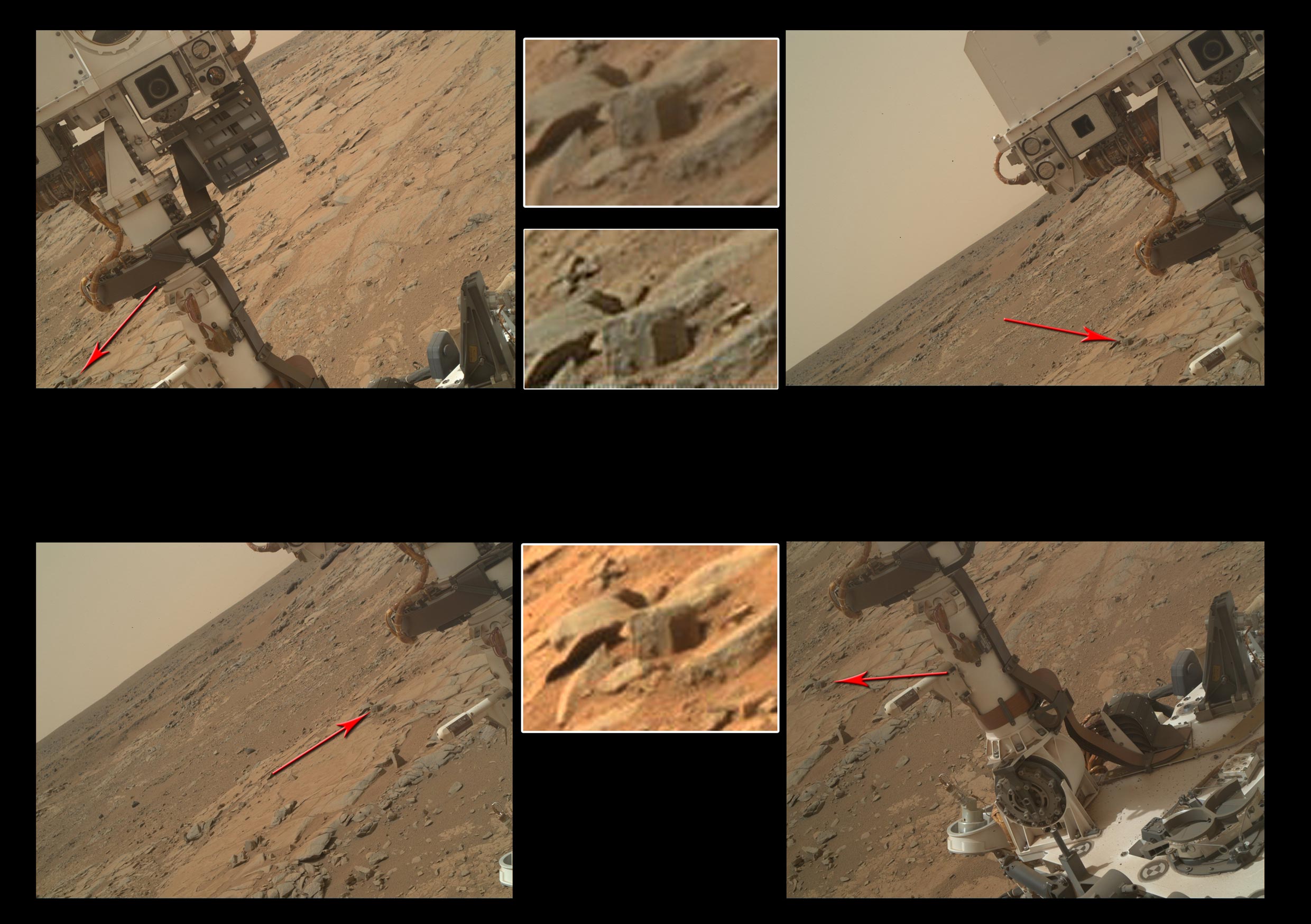
It almost looks like there are some buttons on it ?

It almost looks like there are some buttons on it ?
Perhaps I am missing something but how is this in any way a cube? Just look at the base of it, and the relation to the rock it is sitting on! It
cannot be a cube. It is roughly wedge-shaped, as far as can be judged from this one angle.
At best it has a couple of roughly 90 degree edges.

At best it has a couple of roughly 90 degree edges.

edit on 30-6-2014 by Rob48 because: (no reason given)
that hunk a rock sittin' down to the left of that cube in original nasa photo, looks like the popes headdress or something, that shape is even odder
( odder probably isn't even a word but hey.....what difference does it make?) than a cube.
mars.jpl.nasa.gov...
mars.jpl.nasa.gov...
Howdy. I'm a third year geology student (going into fourth...) so take what I say with a grain of salt, but that shape looks like those pointed
"pyramidal" shapes created by wind and sand erosion in deserts than the product of mineral cleavage. It looks like a large rock, and I'd imagine
the rocks of Mars are mostly igneous in nature, (with water being scarce, so sedimentary rocks are unlikely.) so it's probably something akin to
basalt or even andesite. In that case erosion may not be the culprit. Check out some of the excellent pictures of columnar basalts already posted to
see some interesting depositional features displayed by some massive basalt flows. If the rocks cooled slowly enough, the grains could have grown
large, and the mineral grains most common would be a feldspar. (Plagioclase feldspar) Plagioclase is fun, because it has a tendency to twin and break
along the twinning plane, creating a flat surface.
Too long didn't read? If it's a large structure, I vote wind erosion. If it's a small rock, I vote cleavage on twinning plane/ fracture along plane of weakness.
Cheers.
Too long didn't read? If it's a large structure, I vote wind erosion. If it's a small rock, I vote cleavage on twinning plane/ fracture along plane of weakness.
Cheers.
new topics
-
Ed Dowd some good news
Medical Issues & Conspiracies: 7 hours ago -
Anyone like the Scorpions?
Music: 8 hours ago -
What if this is true?
2024 Elections: 8 hours ago -
Merry-Go-Round Ride
Short Stories: 10 hours ago
top topics
-
A fix for the Trans players in sports
Social Issues and Civil Unrest: 17 hours ago, 16 flags -
What if this is true?
2024 Elections: 8 hours ago, 13 flags -
Man Stabbed or Cardiac arrest on Westminster Bridge, London, UK
Mainstream News: 16 hours ago, 7 flags -
It's toast
General Chit Chat: 14 hours ago, 7 flags -
Ed Dowd some good news
Medical Issues & Conspiracies: 7 hours ago, 6 flags -
Merry-Go-Round Ride
Short Stories: 10 hours ago, 5 flags -
Anyone like the Scorpions?
Music: 8 hours ago, 3 flags
active topics
-
Ed Dowd some good news
Medical Issues & Conspiracies • 7 • : BedevereTheWise -
It's toast
General Chit Chat • 10 • : Station27 -
President-Elect DONALD TRUMP's 2nd-Term Administration Takes Shape.
Political Ideology • 244 • : WeMustCare -
Ok this is some BS now WTH
Rant • 18 • : VariedcodeSole -
Post A Funny (T&C Friendly) Pic Part IV: The LOL awakens!
General Chit Chat • 7822 • : KrustyKrab -
Anyone like the Scorpions?
Music • 4 • : KrustyKrab -
-@TH3WH17ERABB17- -Q- ---TIME TO SHOW THE WORLD--- -Part- --44--
Dissecting Disinformation • 3372 • : WeMustCare -
International Criminal Court Issues Arrest Warrant For Netanyahu
Mainstream News • 49 • : Degradation33 -
France gives Ukraine license to fire long-range missiles at Russia
World War Three • 41 • : Connector -
What if this is true?
2024 Elections • 25 • : BernnieJGato

